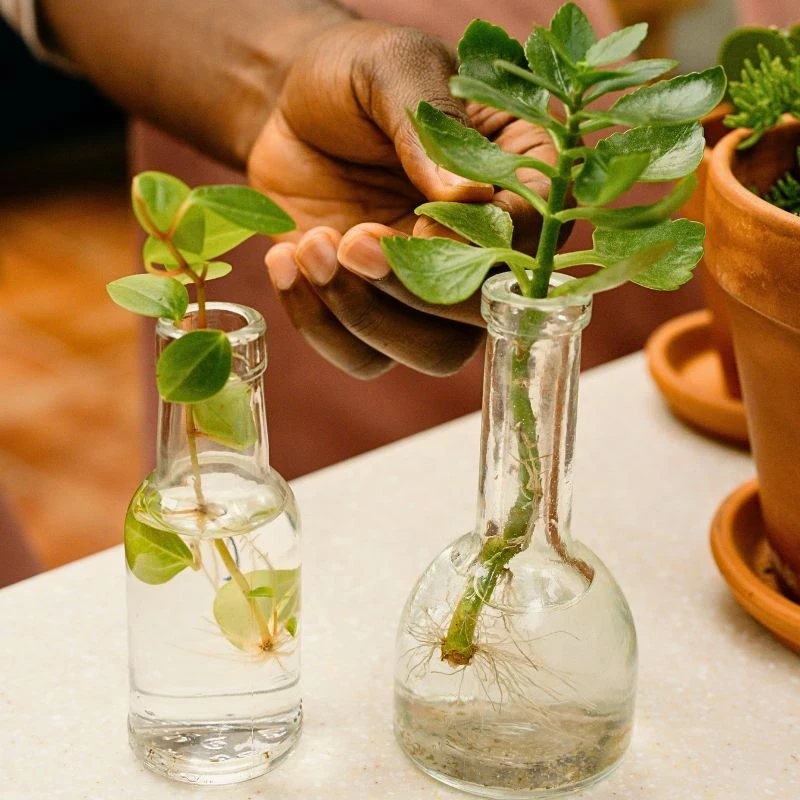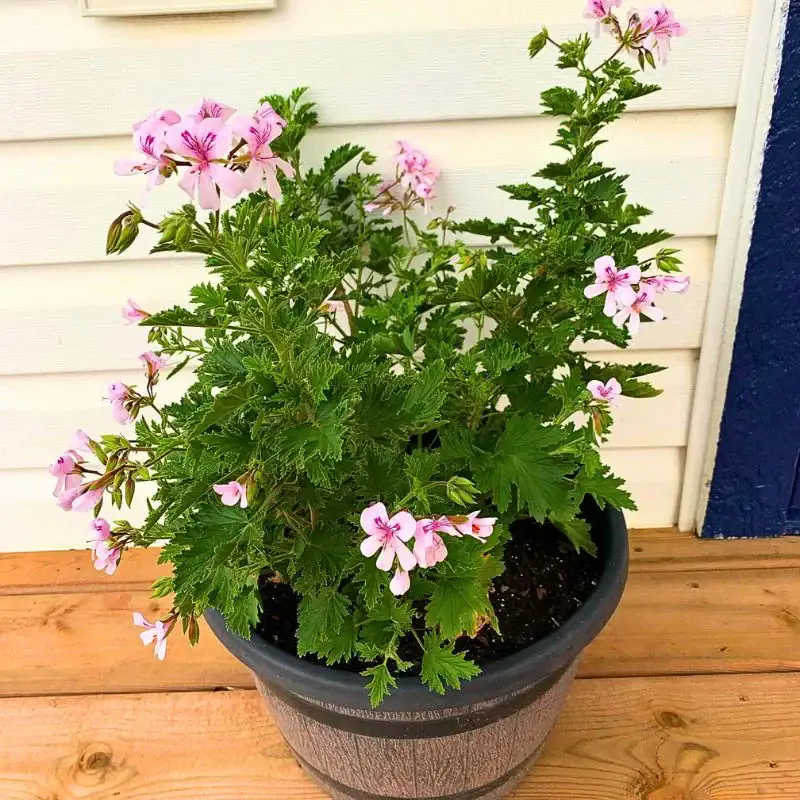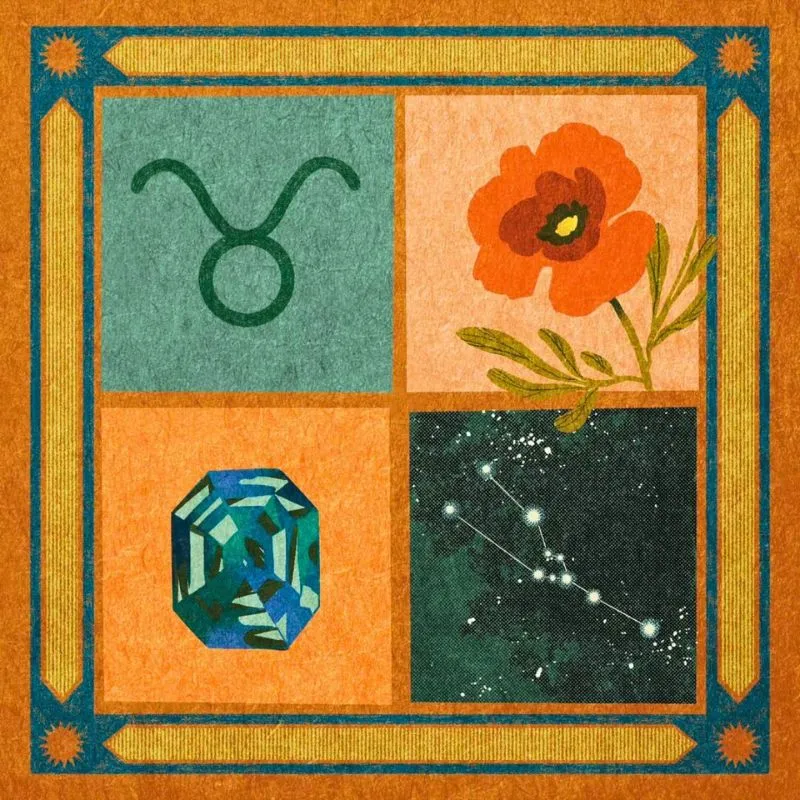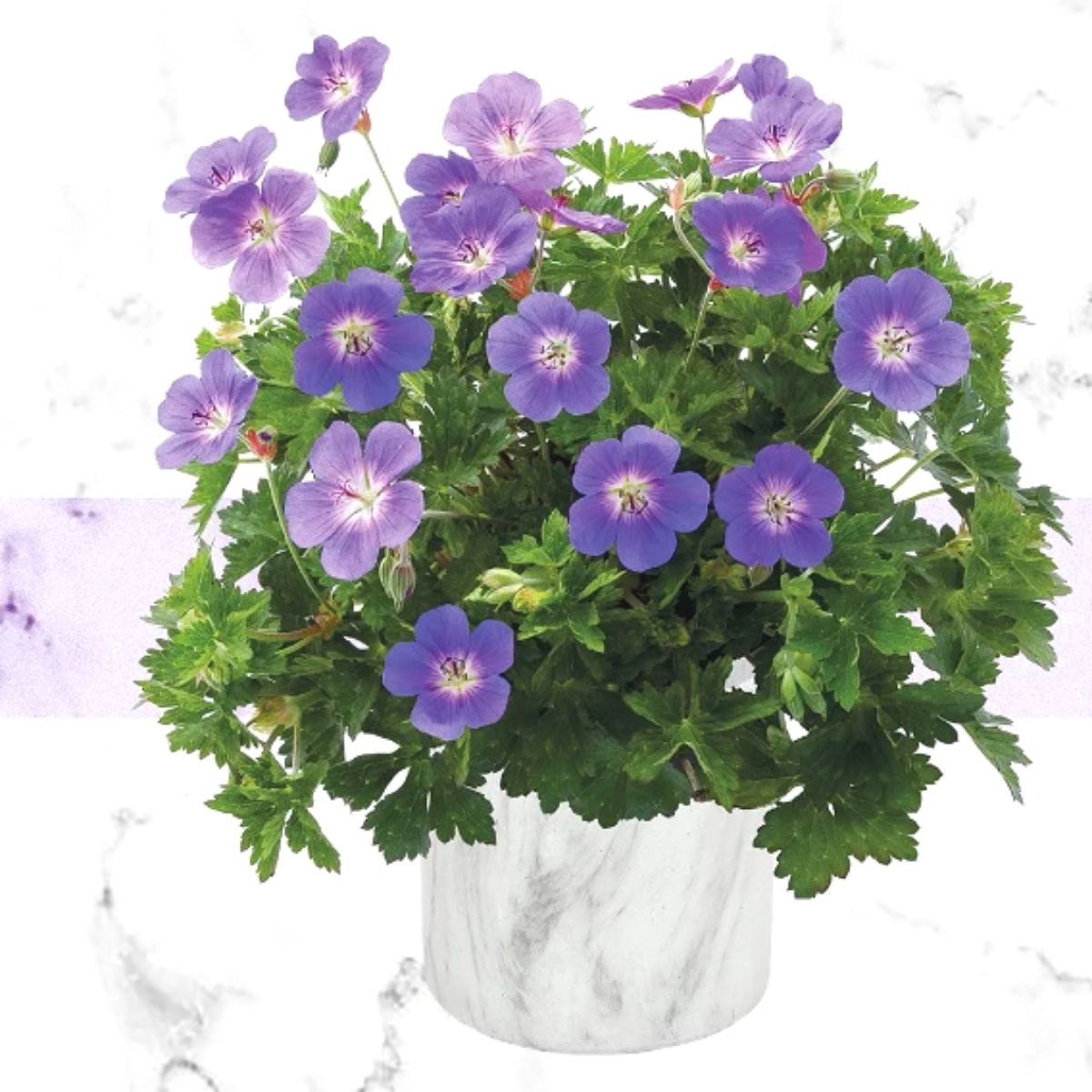Few flowers feel as familiar as the Geranium. Whether in windowsills, hanging baskets, or garden beds, this plant has become a global symbol of warmth, home life, and protection. But beyond its ornamental use, the Geranium flower meaning carries layers of historical and emotional significance that span cultures and centuries.
What makes the Geranium stand out is its quiet resilience. It thrives in humble pots or open landscapes, adapting to nearly every environment while maintaining its steady charm. Generations have grown it not just for its beauty, but for the sense of belonging it creates—a living reminder that comfort and color can exist in the simplest of forms. From Victorian gardens to modern terraces, the Geranium continues to represent familiarity, hope, and the quiet strength that roots us to home.
The Origin and Story Behind the Geranium
The name Geranium comes from the Greek word Geranos, meaning “crane,” referring to the beak-shaped seed pods that resemble a crane’s bill. Native to South Africa and later naturalized in Europe, Geraniums became widely cultivated in the 17th century for both their decorative and medicinal properties.

Interestingly, most plants people call “Geraniums” today are technically Pelargoniums, close relatives that share similar appearances and scents. Over time, gardeners used the names interchangeably, blending their symbolic meanings. What began as a hardy perennial of the wild turned into one of the world’s most recognizable house and garden flowers.
What Does the Geranium Flower Symbolize?
Across traditions, the Geranium represents friendship, good health, and protection. In Victorian floriography, it conveyed sentiments of comfort and domestic harmony, often sent to wish someone well or to express cheer after hardship.

Because of its resilience and ability to thrive in many climates, the Geranium came to symbolize steadfastness and stability—qualities associated with family, loyalty, and grounding energy. In some regions, it was even planted near entrances to guard the home against unwelcome energy or visitors.
In modern interpretations, gifting a Geranium reflects a wish for peace, recovery, and renewed vitality—an understated message of care that never goes out of style.
Geranium Meaning by Color
Colors influence the way people interpret flowers, and the meaning of Geraniums shifts subtly with color.
Red Geraniums have long been associated with protection and courage. In folklore, they were said to warn of approaching visitors or ward off harm when placed by the window. Their bold color made them a favorite for symbolizing affection and strength in friendship rather than romantic love.

White Geraniums evoke purity, clarity, and peace. They are often used to represent spiritual cleansing or new beginnings—especially fitting for homes or gardens where calm energy is desired.
Pink Geraniums carry softer messages of comfort, affection, and emotional healing. They’re the choice for expressing appreciation, often given to close friends or mentors.

Other variations, such as lemon-scented or ivy-leaf Geraniums, introduce additional layers of meaning: vitality, freshness, and adaptability. Regardless of the type, each Geranium color holds a quiet symbolism tied to protection, love, and endurance.
Historical and Cultural Symbolism of Geraniums
Geraniums have occupied a special place in folklore. In Islamic tradition, one story tells that after the Prophet Mohammed hung his shirt on a wild mallow plant to dry, it transformed into a Geranium—a reminder of humility and grace. In European folklore, Geraniums were used as protective charms, believed to repel snakes and negative forces.

During the Victorian era, different Geranium varieties had distinct meanings. The oak-leaf Geranium symbolized true friendship, while the scarlet one conveyed comfort and protection. When exchanged between friends, Geraniums signified loyalty and a wish for the recipient’s well-being.
In herbal and aromatherapy traditions, Geranium oil became known for its balancing properties—thought to calm emotions and promote harmony. The symbolic and physical associations merged: as the plant balanced spaces with color and fragrance, so did its essence balance mood and energy.
What Does the Geranium Represent Spiritually?
Spiritually, Geraniums are linked to protection and emotional restoration. Many cultures use them in rituals or as offerings to attract good fortune and positive energy. Because of their grounding nature, Geraniums also represent the connection between home and spirit—how inner peace can take root in one’s environment.

For those exploring flower symbolism through meditation or manifestation, Geraniums often appear as emblems of emotional balance. They remind us to care for ourselves and our spaces with the same steadiness that allows the plant to flourish in diverse conditions.
Geraniums in Modern Contexts
Today, the Geranium remains one of the most planted flowers worldwide—not just for its easy maintenance, but for what it represents: familiarity, resilience, and quiet beauty. Florists use Geraniums in home décor arrangements, sympathy gestures, and gifting moments where warmth and sincerity matter more than extravagance.

In sustainable gardening, Geraniums also stand for self-reliance. Their ability to regenerate from cuttings and resist pests makes them a practical yet symbolic choice for renewal and continuity—qualities that echo in modern interpretations of wellness and mindfulness.
Common Misconceptions About Geranium Symbolism
In some historical sources, the Geranium was said to represent “folly” or “stupidity.” This originated in selective Victorian dictionaries that categorized red Geraniums under negative traits. However, modern flower language rejects this view, understanding the plant’s cheerful color and sturdy growth as signs of positivity and strength.

Another misconception is that all Geraniums carry the same meaning. In truth, Pelargoniums—the common bedding varieties—lean toward meanings of vitality and protection, while true Geraniums (cranesbills) are linked to balance and perseverance. Understanding this distinction enriches how we read their symbolism today.
Why the Geranium Flower Still Matters
The enduring popularity of Geraniums is no accident. They combine usefulness with meaning, beauty with grounding. To gift or plant a Geranium is to express a wish for stability, friendship, and emotional wellness. Whether grown on a balcony in Europe or a garden in Africa, the message remains consistent: home is wherever peace takes root.
In a world that often celebrates the rare and extravagant, the Geranium reminds us of the value of the familiar. Its steady presence in households and gardens across generations speaks to its universal appeal—reliability, warmth, and quiet endurance. The Geranium does not demand attention; it simply offers comfort, color, and continuity.

As a flower, it teaches that meaning doesn’t always bloom in grandeur—it can also live in the everyday. A Geranium on the windowsill or at a doorstep becomes a silent companion, a small but steadfast symbol of care, connection, and grounding energy. And perhaps that’s why, centuries after it first spread across the world, the Geranium still holds a cherished place in human life—rooted deeply in the shared desire for belonging, peace, and emotional balance.
Header image by @Sussex Garden Centres










